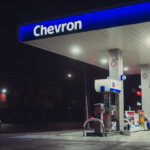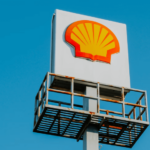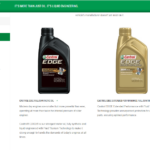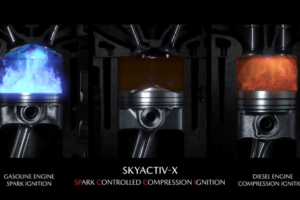Car owners are often faced with the decision of whether or not to invest in paint protection film (PPF) for their vehicles.
PPF is a clear, thin film that is applied to a car’s paintwork to protect it from scratches, rock chips, and other types of damage. While PPF can provide a layer of protection for a car’s paint, it also comes with a cost.
There are several factors to consider when deciding if PPF is worth the investment. One of the main benefits of PPF is that it can help keep a car looking new for longer. It can also protect a car’s resale value by preventing damage to the paintwork.
However, PPF can be expensive to install and may require periodic maintenance to keep it looking its best. Additionally, some car owners may find that the film affects the appearance of their car, and it may not be suitable for all types of vehicles.
Ultimately, the decision to invest in PPF will depend on a car owner’s individual needs and budget.
What Is PPF?
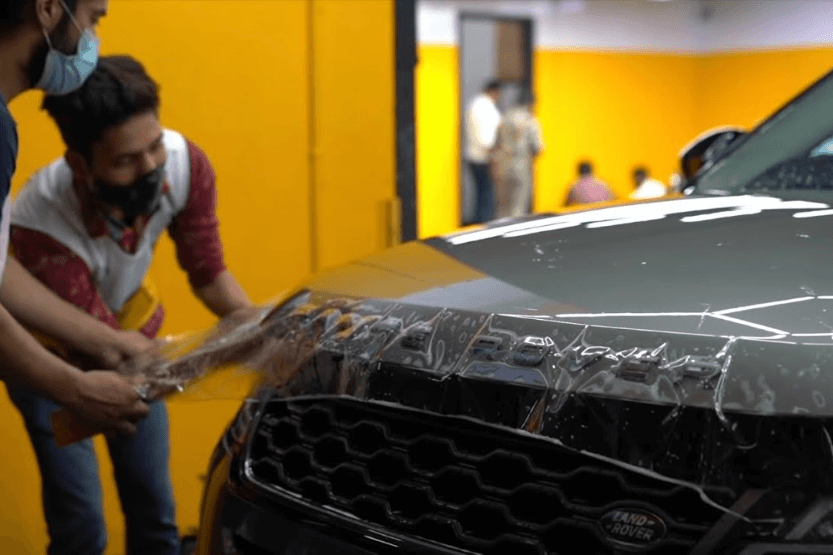
Paint Protection Film (PPF) is a thermoplastic polyurethane film that is applied to the exterior of a vehicle to protect it against scratches, rock chips, and other types of damage. PPF is also known as clear bra, automotive paint protection film, or simply car paint protection.
It is transparent and virtually invisible, which means it does not alter the appearance of the vehicle.
PPF is a popular choice among car owners who want to protect their vehicle’s paint from damage caused by everyday wear and tear.
It is thicker and more durable than vinyl wrap, which is another type of film that is used to protect a vehicle’s paint. PPF is usually around 4-10 mils thick, whereas vinyl wrap is typically around 2-4 mils thick.
PPF is made from a combination of polyurethane and acrylic adhesive, which makes it resistant to impact, abrasion, and UV radiation. It is designed to absorb the impact of small rocks, gravel, and other debris that can cause damage to a vehicle’s paint.
PPF is also self-healing, which means that minor scratches and swirl marks will disappear over time as the film reverts to its original shape.
One of the main benefits of PPF is that it provides long-lasting protection for a vehicle’s paint. It can last for up to 10 years if it is properly maintained and cared for.
PPF is also easy to clean and maintain, which makes it a convenient choice for car owners who want to keep their vehicle looking its best.
Overall, PPF is a reliable and effective way to protect a vehicle’s paint from damage. It is a popular choice among car enthusiasts and professionals alike, and it is widely available at automotive stores and online retailers.
Benefits of PPF
Car enthusiasts and owners alike are always looking for ways to protect their vehicles and maintain their pristine appearance.
Paint Protection Film (PPF) is a popular choice for those who want to keep their cars looking brand new. Here are some of the benefits of PPF:
Physical Protection
PPF provides superior protection for your vehicle’s clear coat against rock chips, stone chips, bird droppings, bug splatter, tree sap, road grime, and other environmental contaminants.
A PPF shield can help prevent scratches and dings caused by everyday driving. This protection can help maintain the resale value of your car and save you money in the long run.
Aesthetic Maintenance
PPF can help maintain the glossy or matte finish of your car. It can also help keep your car looking new and fresh by preventing fading, oxidation, and UV exposure. This is especially important for those who want to keep their car looking its best for years to come.
Longevity and Durability
PPF is known for its longevity and durability. It is a long-term investment that can last for up to ten years or more. PPF also has self-healing properties, which means that it can self-heal minor scratches and abrasions. This means that your car will always look its best, even after years of wear and tear.
Overall, PPF is a great investment for those who want to keep their car looking brand new. It provides physical protection, helps maintain the aesthetics of your car, and has self-healing properties.
Many PPF products also come with warranties, which means that you can have peace of mind knowing that your investment is protected.
PPF vs Ceramic Coating

PPF and ceramic coating are two popular options for protecting a car’s paint job. PPF stands for Paint Protection Film, while ceramic coating is a liquid polymer that is applied to the car’s exterior.
Both options offer a layer of protection against scratches, UV rays, and contaminants, but they have some key differences.
Durability
PPF typically lasts longer than ceramic coating, with an average lifespan of 7-10 years compared to 3-5 years for ceramic coating.
This is because PPF is a physical barrier that can absorb impacts, while ceramic coating is a chemical barrier that can wear down over time. However, PPF can yellow over time and may need to be replaced if it becomes too unsightly.
Stain resistance
Both PPF and ceramic coating offer some level of stain resistance, but ceramic coating is generally more effective due to its hydrophobic properties.
This means that it repels water and other liquids, making it harder for contaminants to bond with the surface of the car. PPF can also be hydrophobic, but it depends on the brand and quality of the film.
Cost
PPF is generally more expensive than ceramic coating, both in terms of materials and installation. This is because PPF requires more specialized equipment and expertise to apply correctly.
Ceramic coating is relatively easy to apply, and some car owners even choose to apply it themselves to save money.
Overall, whether PPF or ceramic coating is worth it depends on the individual car owner’s needs and preferences.
PPF is a good option for those who want the most durable and physical protection for their car’s paint job, while ceramic coating is a good option for those who want a more affordable and chemical barrier.
Cost and Installation
Price Factors
The cost of PPF installation depends on several factors, including the size of the vehicle, the type of film used, and the complexity of the installation process. Typically, the price ranges from a few hundred to several thousand dollars.
The larger the area to be covered, the higher the cost will be. The cost of PPF installation also depends on the quality of the film used. High-quality films cost more than low-quality ones.
Installation Process
Installation of PPF is a complex process that requires skill and experience. It is recommended to get it done by a professional at a reputable shop. The installation process involves cleaning the surface of the car, cutting the film to the right size and shape, and applying it to the surface.
The film is then heated to activate the adhesive and ensure a proper fit. The installation process can take several hours to a few days, depending on the size of the vehicle and the complexity of the installation.
Maintenance and Care
PPF requires regular maintenance and care to ensure its longevity. It is recommended to wash the car regularly with a mild soap and water.
Avoid using harsh chemicals or abrasive materials that can damage the film. It is also important to avoid parking the car under direct sunlight for extended periods, as this can cause the film to bubble or peel.
Scratches and swirl marks can also damage the film, so it is important to avoid them as much as possible.
Common Problems
PPF can develop several problems over time, including bubbling, peeling, and scratches. Bubbling is caused by air trapped under the film, which can be caused by improper installation or exposure to extreme temperatures.
Peeling can occur if the film is not properly bonded to the surface or if it is exposed to harsh chemicals or abrasives. Scratches and swirl marks can also damage the film, which can be caused by improper washing or exposure to debris on the road.
Overall, the cost and installation of PPF can be expensive, but it can be worth it for those who want to protect their car’s paint from scratches, swirl marks, and other damage. It is important to get it done by a professional at a reputable shop and to maintain it properly to ensure its longevity.
PPF Brands Comparison
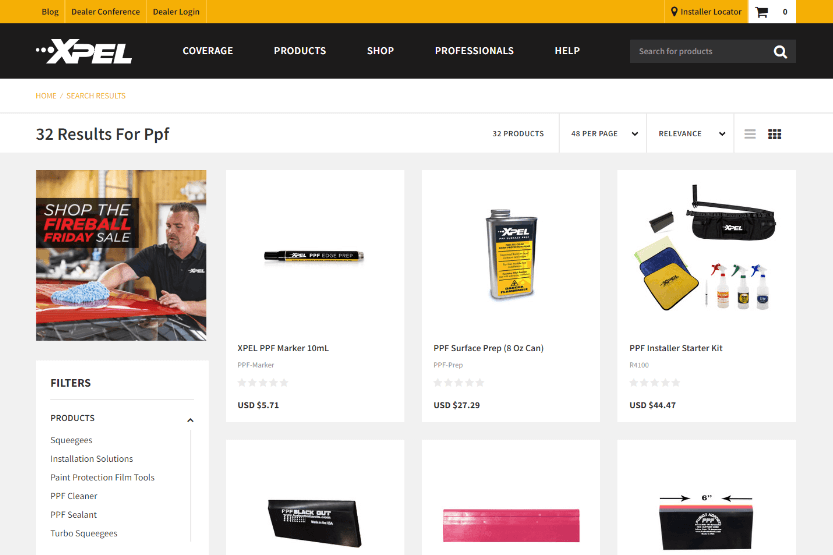
When it comes to paint protection film (PPF), two of the most popular brands in the market are XPEL and 3M. Both brands offer a variety of PPF products that range in price and features.
XPEL
XPEL is a well-known brand in the PPF industry, and their Ultimate line is a popular choice for car enthusiasts. The film is self-healing, meaning that it can repair minor scratches and swirl marks on its own. XPEL’s Ultimate line also has a clear coat that helps to prevent yellowing and fading over time.
One of the unique features of XPEL’s Ultimate line is that it is designed to be hydrophobic, meaning that it repels water. This can help to prevent water spots and make it easier to clean the car.
3M
3M is another popular brand in the PPF industry, and their Scotchgard line is a common choice for those looking for protection. 3M’s Scotchgard line also has a clear coat that helps to prevent yellowing and fading over time.
One of the main benefits of 3M’s Scotchgard line is that it is designed to be optically clear, meaning that it does not affect the appearance of the car. This can be a big selling point for those who want protection without altering the look of their vehicle.
Comparison
When comparing XPEL and 3M, it is important to note that both brands offer high-quality PPF products. However, there are some key differences between the two brands.
XPEL’s Ultimate line has the advantage of being hydrophobic, which can be beneficial for those who live in areas with a lot of rain or snow. Additionally, the self-healing feature can be a big selling point for those who want to minimize the appearance of scratches and swirl marks.
On the other hand, 3M’s Scotchgard line is optically clear, which can be a big advantage for those who want protection without altering the appearance of their car. Additionally, 3M’s Scotchgard line is known for its durability and longevity.
So, when it comes to picking between XPEL and 3M, it’s really just what floats your boat. Both these brands roll out top-notch paint protection films, giving your ride some A+ armor. It’s all about what suits your style and needs the best. Easy-peasy choice.
In Summary
Car enthusiasts, especially those who are into racing, are often concerned about the appearance and protection of their vehicles. One of the options available to them is Paint Protection Film (PPF).
PPF is a clear, thermoplastic urethane film that is applied to the painted surfaces of a vehicle to protect it from scratches, chips, and other forms of damage.
While PPF is an effective way to protect a vehicle’s paint, it is not a perfect solution. PPF can be expensive, especially if it is applied to mirror caps, door edges, and other areas that are prone to damage.
Additionally, PPF can discolor over extended periods, and it can be difficult to remove without the use of solvents.
However, for those who are willing to invest in PPF, the benefits can outweigh the drawbacks. PPF can provide a high level of protection against scratches, chips, and other forms of damage, which can help to maintain the appearance and value of a vehicle.
PPF can also be a cost-effective alternative to repainting a vehicle, which can be expensive and time-consuming.
Overall, whether or not PPF is worth it depends on the individual’s needs and budget. Those who are concerned about the appearance and protection of their vehicles may find that PPF is a worthwhile investment.
However, those who are not as concerned about these factors may find that other options, such as waxing or ceramic coatings, are more suitable for their needs.



